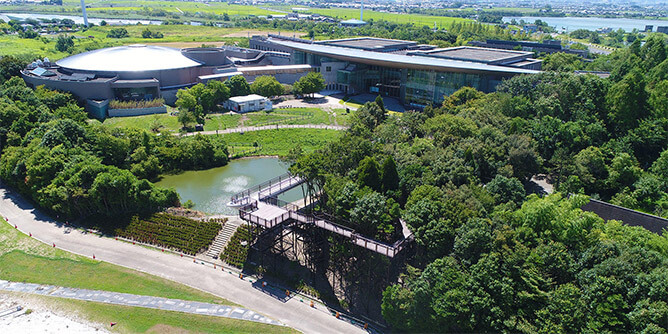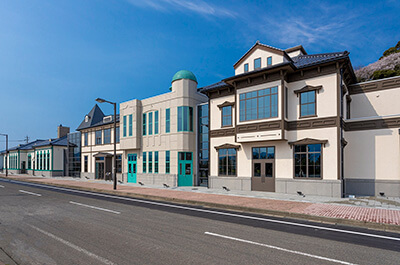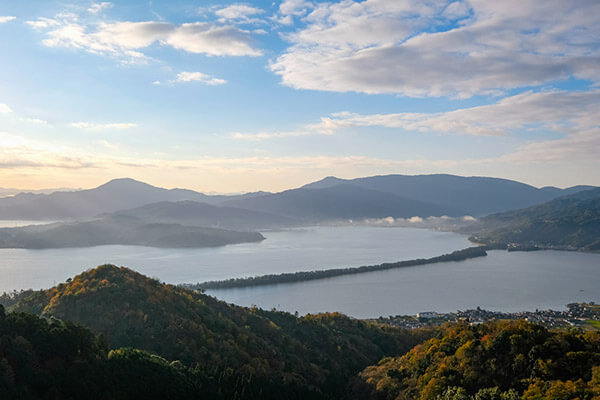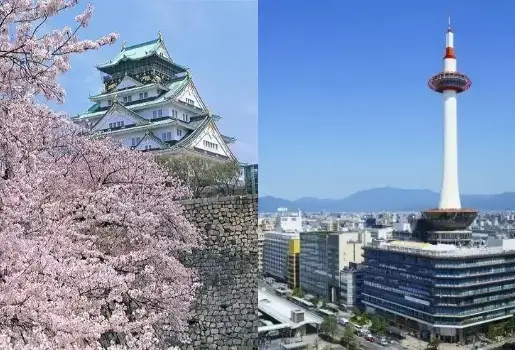STORY

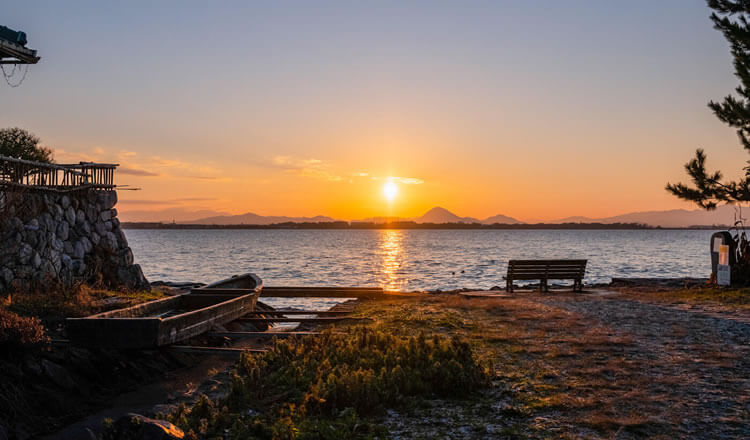
Japanese people's worship of water throughout history The enduring respect for water in the Fukui and Lake Biwa areas
As an essential element in the lives of humans, there is nothing more important than water, especially for those in agriculture. Farmlands, of course, cannot function without water, and that was why people working the lands started and followed religions that worship the gods of water, with sources of water designated as sacred spots. Buddhism regards water, which symbolizes purity and clarity, as the means to remove impurities and cure illness. After Buddhism was first introduced to Japan from the Asian continent during the 6th century, Japan's culture started to develop in its own way through the integration of religion and the worship of the gods of water. The next section will outline how a great respect for water has become imbedded into people's lives, with examples from two nature-rich regions: Echizen (present-day Fukui Prefecture) and Omi (present-day Shiga Prefecture), which is home to Lake Biwa, the largest lake in Japan.
The worship of Mount. Hakusan as a treasured provider of water
Mount. Hakusan (literally "white mountain") is known as one of Japan's Three Holy Mountains, along with Mount. Fuji and Mount. Tateyama. At the foot of this mountain stands Hakusan Heisenji Temple, which was established 1,300 years ago by a priest named Taicho of the Shugen-do (mountain asceticism). It is said that when Taicho first saw this majestic white mountain in the distance, he sensed the existence of a heavenly presence. Thereafter, he set about climbing the mountain, guided by one of the gods, who had descended into nearby Mitarashi Pond, and allowed a bodhisattva to appear. This other-worldly experience of his became well known throughout the nation, and led to this mountain becoming a center for Shugen-do training. Consequently, this temple prospered through the many pilgrimages made to the mountain, eventually becoming one of the most powerful temples for worship of Mount. Hakusan.
At its peak, during the medieval period, the area was developed as a major religious hub with 6,000 quarters for monks and 8,000 residents. However, the whole area was burnt down in 1574 due to a resistance movement created by followers of the Ikko Sect. There is almost no evidence of the former prosperity of the area at present, except for some moss-covered ruins of monks' residences and weathered stone-paved paths.
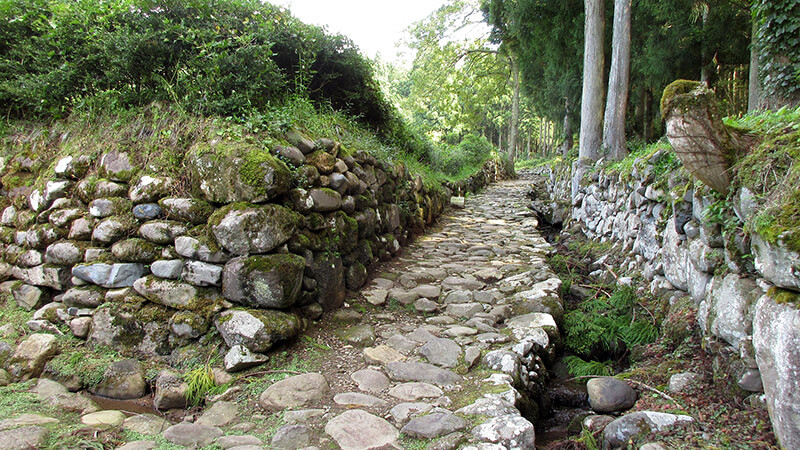
Mount. Hakusan, as the name indicates, is covered with snow most of the year. It has long been worshipped as the home of the water-giving god, as the snow melt here cascades down to provide water to the rice paddies and farmland at the foot of the mountain. The mountain also still feeds water to the Kuzuryu River in Fukui Prefecture, the Tedori River in Ishikawa Prefecture and the Nagara River in Gifu Prefecture, providing support to people's lives in many ways, including agriculture.
Eiheiji Temple, the head temple of the Soto Sect, was established by Zen Master Dogen in 1244. This ancient temple still functions as a training temple, offering ordinary visitors certain training experiences, including zazen (seated meditation). At this temple, the water from Mount. Hakusan is called Hakusan Water, and is dedicated to Dogen every morning as part of a ritual to start the daily training sessions. Another interesting attraction in this area is the Hakusan Heisenji Temple Historical Museum Mahoroba for those who seek further information on the history of worship of Mount. Hakusan and of Heisenji Temple itself.
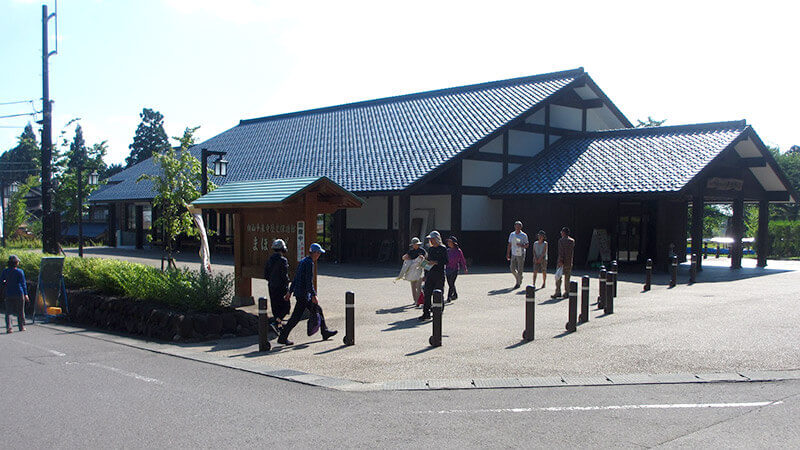
Connecting Wakasa and Nara with holy water rituals
Located on the coast, Wakasa once acted as a gateway for the introduction of culture from the continent. It also played an active role domestically as "Miketsu-kuni," or the province of food, dedicating salt and seafood to the Emperors and the Court as tax during the Nara era. Currently, there are over 130 temples still in existence in Obama City, many of which were established over 1,000 years ago during the Nara, Heian and Kamakura eras, and bear Buddhist images designated as Important Cultural Properties. This is why the city has been labeled "The City of Nara by the Sea."
Jinguji Temple is located in the Onyu district of present-day Obama City, which used to be the provincial capital and center of Wakasa. This temple is famous for Omizuokuri, a religious water festival for dedicating sacred water to another special water event called Omizutori, which takes place at the Nigatsudo Hall of Todaiji Temple in Nara. Omizutori is part of the Shuni-e ceremony, which is conducted to pray to Kannon Bodhisattva for pardoning of people's sins, preventing disasters and calling for good luck. On March 2, ten days before Omizutori, water is drawn from a well at Jinguji Temple, purified by a large bonfire, and then poured into the Onyu River. According to legend, this water travels 90 km underground up to Nara over the course of ten days. Thereafter, on March 12, this holy water is drawn from a well located at the Nigatsudo Hall, with a number of visitors vying for possession of this holy water that is said to bring longevity and prosperity.
It is believed that the Onyu River was selected for the journey of this holy water because of the strong connection between Nara and Wakasa, and the offerings of food that were made to the Emperors and the Court. The Wakasa History Museum, in the Onyu district, is an excellent place to learn more about Wakasa's history and culture, and this district has preserved a number of ancient temples with valuable Buddhist statues, which are cared for with dedication by the local people.
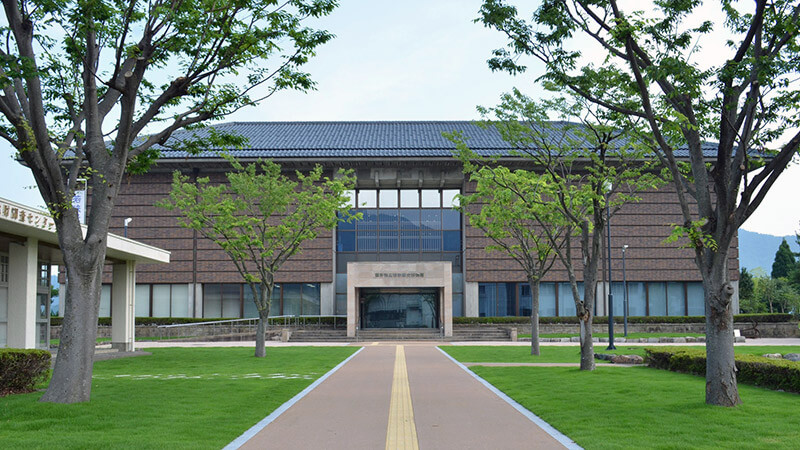
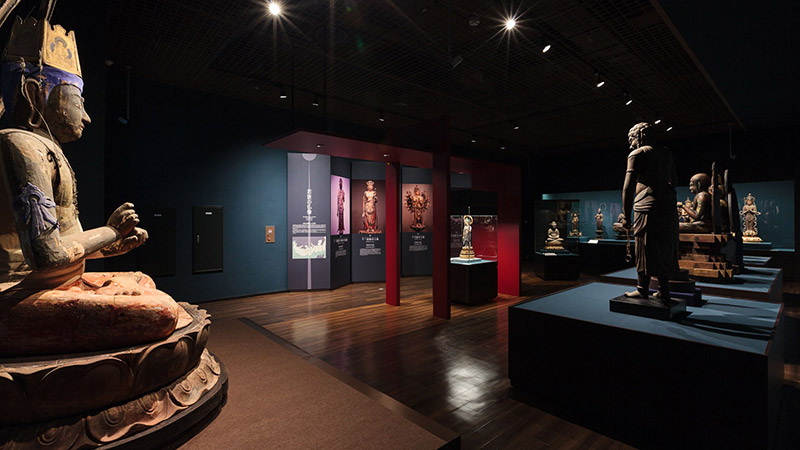
Local ingenuity to preserve bio-resources in the area of Lake
Lake Biwa is Japan's largest lake, and at about 4 million years old, it is the only ancient lake in the nation. There are only 20 ancient lakes over a million years old throughout the world, including Lakes Baikal and Tanganyika. Due to its lengthy existence, Lake Biwa's water system is the habitat for over 60 endemic species, which have all evolved in their own unique ways.
Up to around the turn of the 19th century, there were a number of "naiko," or small attached lakes, surrounding the main lake, which were home to a large variety of species. However, development has seen their number decrease over time. Lake Nishinoko, the largest among the remaining naiko, situated in Omihachiman City on the eastern side of Lake Biwa, was designated as the first Important Cultural Landscape in Japan for the beauty of its setting, which features waterways and reed beds.
Some traditional fishing methods are still practiced in and around Lake Biwa, and they include a uniquely shaped stationary net called an "eri" fish trap, in which fish are enticed to enter a net, with only the necessary amount caught in order to protect limited fishery resources. The Nishinoko area also offers a variety of interesting tourist attractions, from traditional food culture to river cruises. One unique example is "funazushi", Lake Biwa's indigenous fish fermented in rice to make an ancestral type of sushi for long preservation. The river cruise offered here is a punting tour along scenic canals, especially popular during the seasons to view cherry blossoms in the spring and colorful leaves in the fall.
On the other side of the lake, in the Harie District of Takashima City, each household has a "kabata", or spring-fed kitchen, supplied with clean and pure underground water. Each kabata is sectioned into basins according to a certain purpose, such as drinking, cooking, and keeping carp. The water is not polluted but kept clean along the way, and carp in the last basin eat the grains of rice and pieces of vegetables that have drifted down from upstream basins. This clever unique water culture is a great example of a well-preserved method of communal water use.
Lake Biwa is rightfully placed on the list of Japan's Important Agricultural Heritage, through the efforts of the local people who have maintained their lifestyle over generations by taking good care of the surrounding environment. The Lake Biwa Museum introduces an array of information that attests to this, including a history of Lake Biwa, lifestyles of the local people, and biodiversity in the area. This lake is not just a feature in a beautiful landscape, but an important asset for the locals, who have long cherished and respected for its life-giving water since ancient times.
